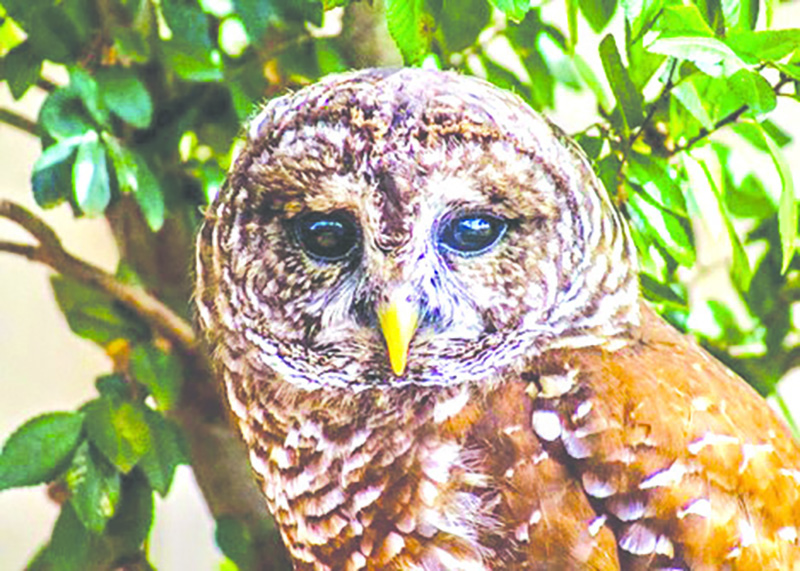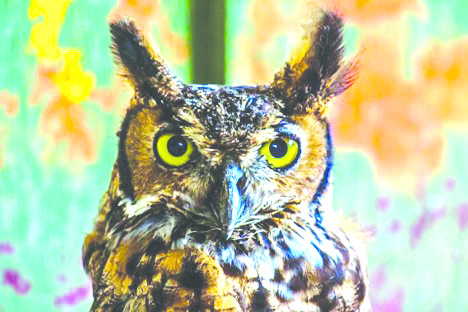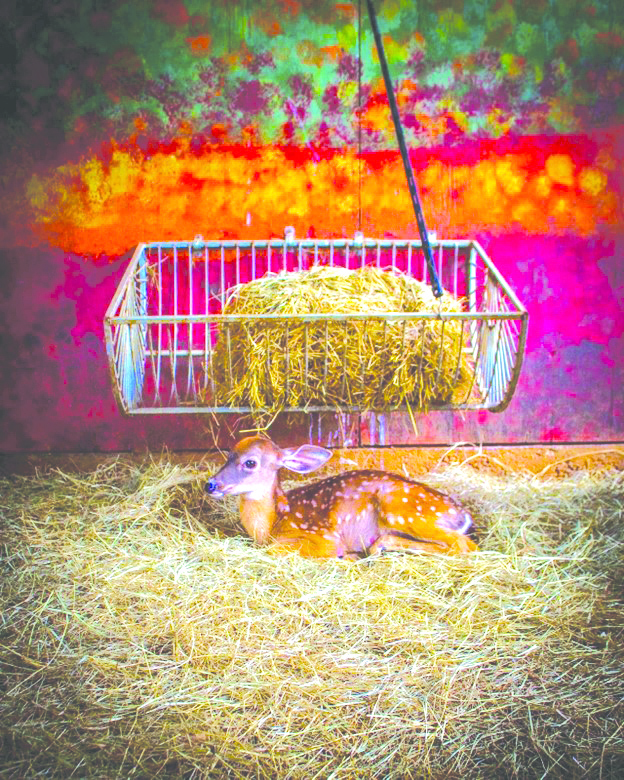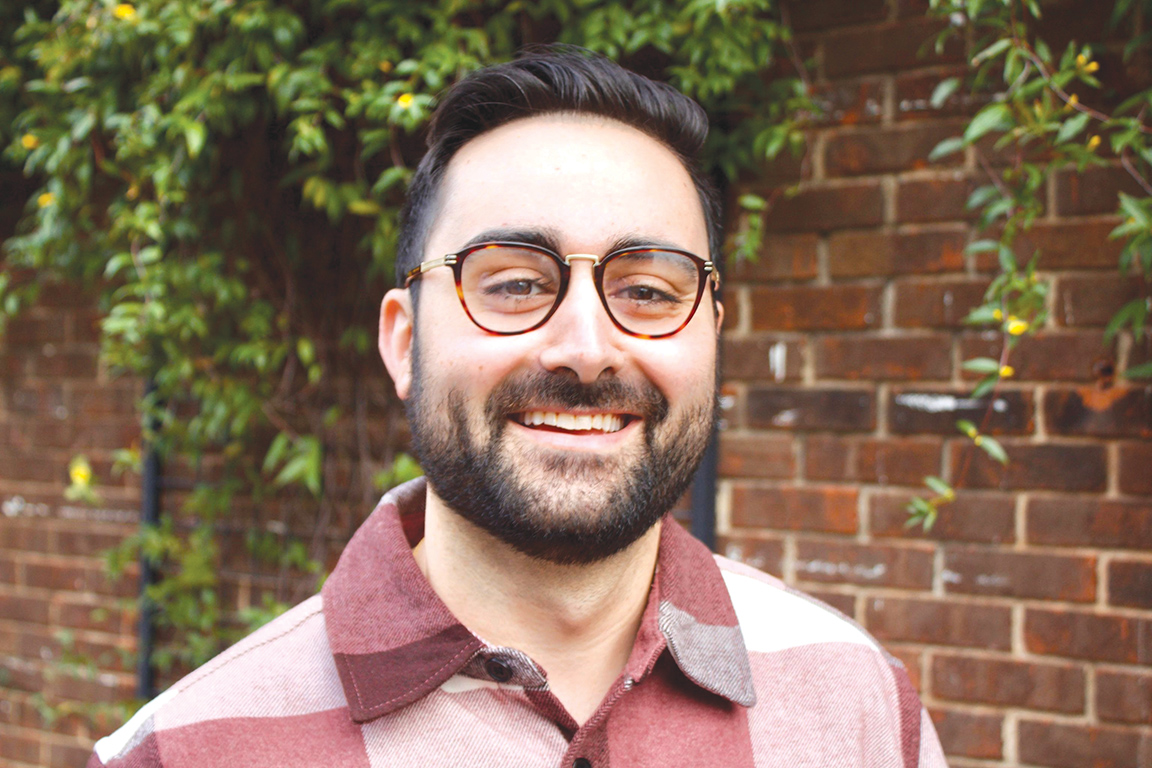I talked in last week’s column about having done some photography in my college years. On one excursion, I found myself in Enterprise, Alabama, at Big Bend Wildlife Sanctuary. Big Bend was a volunteer organization that rehabilitated injured wildlife. First, I met the owls.
Many of the birds had been shot, some by hunters. One owl was missing a whole wing.

As I walked through each room and met the injured owls, hawks, eagles and others, I encountered some interesting characters. There was the armadillo who struggled to walk on feet that were severely underdeveloped because his previous owner had carried him around in a purse for most of his early life and given him few chances to walk on his own.

Then there was Sue the silver fox, who was the painful product of generations of inbreeding by Russian pelt dealers. She was partially blind and deaf and had severe problems with several internal organs. She was so thoroughly disabled that the owners at Big Bend, John and Terry Morse, who always tried their absolute hardest to help animals get back into the wild, could only get an education permit for Sue and take her to schools to teach students about wildlife preservation.
The protagonist of an amazing story sat resting and healing in the tranquility of every room at Big Bend Wildlife Sanctuary. As I met all of these animals, I was followed by an entourage of wobbly-legged fawns chewing on the straps hanging from my camera bag and licking my arms; John and Terry said they love the taste of the salt on our skin.
The fawns were allowed to run around inside and interact with volunteers until they got older and needed to be moved progressively farther into the woods so they would no longer feel comfortable around humans and avoid us like smart deer do.
My posse of salt-crazed fawns, still young enough to prance around inside, followed me into a room where one lay by herself under a bale of hay suspended in a metal cage above her head.

I learned that she was brought to Big Bend when she was only 12 hours old. A few hours before she was rescued, she and her mother stood on the side of a road, where the mama doe placed her newborn in a safe spot to wait while she foraged for food. A volunteer told me that, when tucked in like this, fawns do not move under any circumstances. Instinct tells them to wait for their mothers to return, no matter what. Plus, fawns can’t really walk until a few hours after they’re born.
Tragically, this fawn’s mother was then hit by a car and killed as she bounded across the road. To make matters even worse, the infant fawn watched the car speed off from a few yards away while laying in the worst possible place to have been accidentally stashed by her mother: on top of a fire ant hill.
A little while after the mother doe died, a man drove by, saw the baby fawn being consumed by fire ants, jumped out of his truck, pulled her off the ant hill, set her in the passenger seat and drove her to a veterinary hospital while fire ants swarmed both of them. After delivering the fawn to the haven where she would be treated and saved, he drove himself to the emergency room. Doctors there told him he had roughly 2,000 fire ant bites on his body and that it was a miracle he wasn’t in anaphylactic shock.
If you were walking through Walmart and passed by a guy covered head to toe in big red welts, would you figure he must be a hero? My middle school principal told all of us one day in a class assembly that “character is what you do when no one’s watching.” When we hear every day about violent criminals and corrupt politicians, it’s easy to feel like there are no true heroes walking among us. It’s easy to get the impression that Superman really only ever existed in comic books.
But here’s the quiet truth that too often goes untold and unheard: On some road in southern Alabama — when no one was watching — an ordinary guy looked through his windshield, saw an animal suffering and risked his own life so that she might live. He drove while fire ants bit his whole body and chose to go to the vet before the E.R.
There are heroes in our midst — we just make the mistake of looking for them on the TV and in the Capitol, when we should really be looking in the family farmhouses, the underfunded schools, the unassuming churches, the mom-and-pop restaurants, the gravelly backroads and the wildlife sanctuaries.

